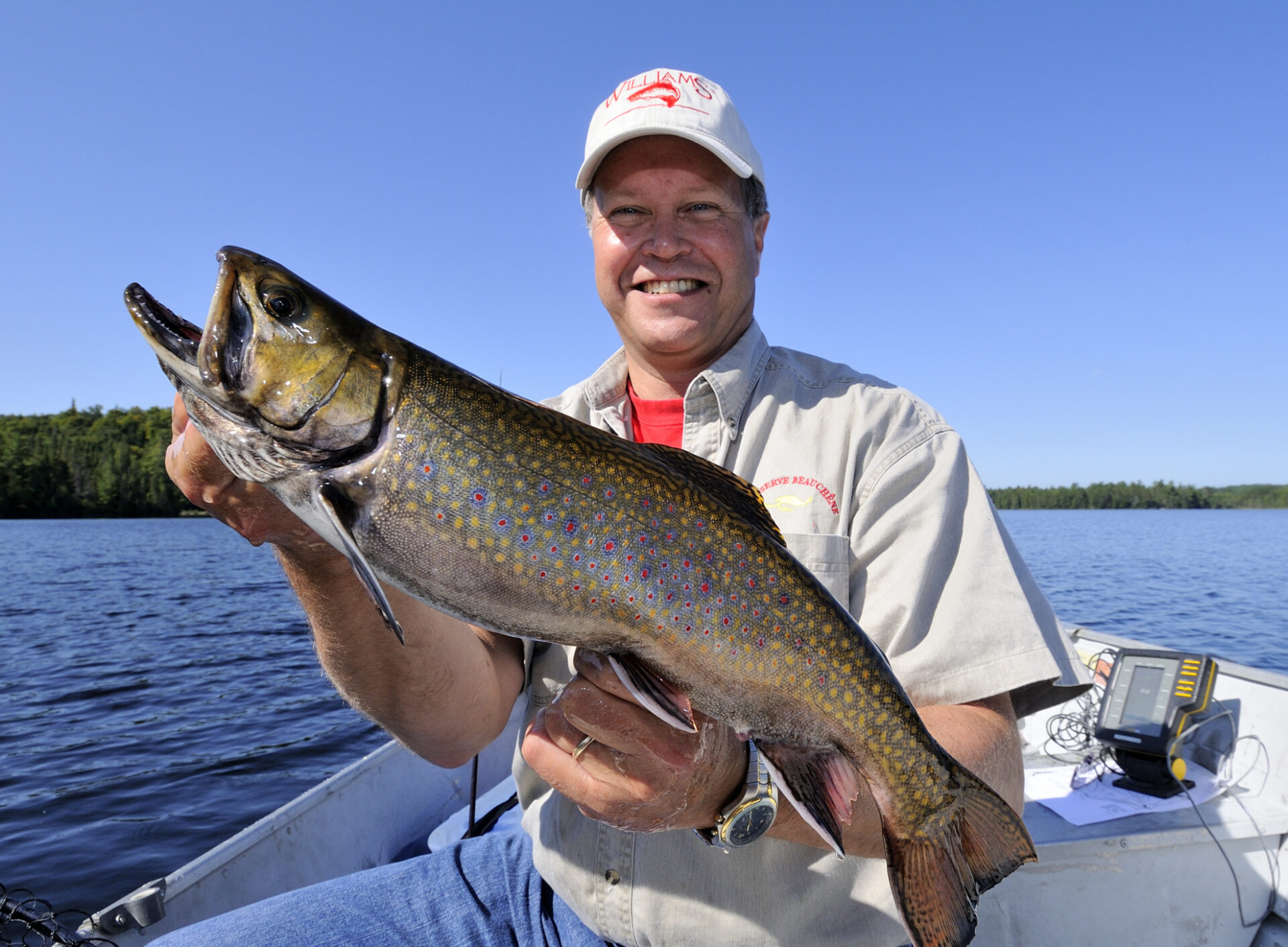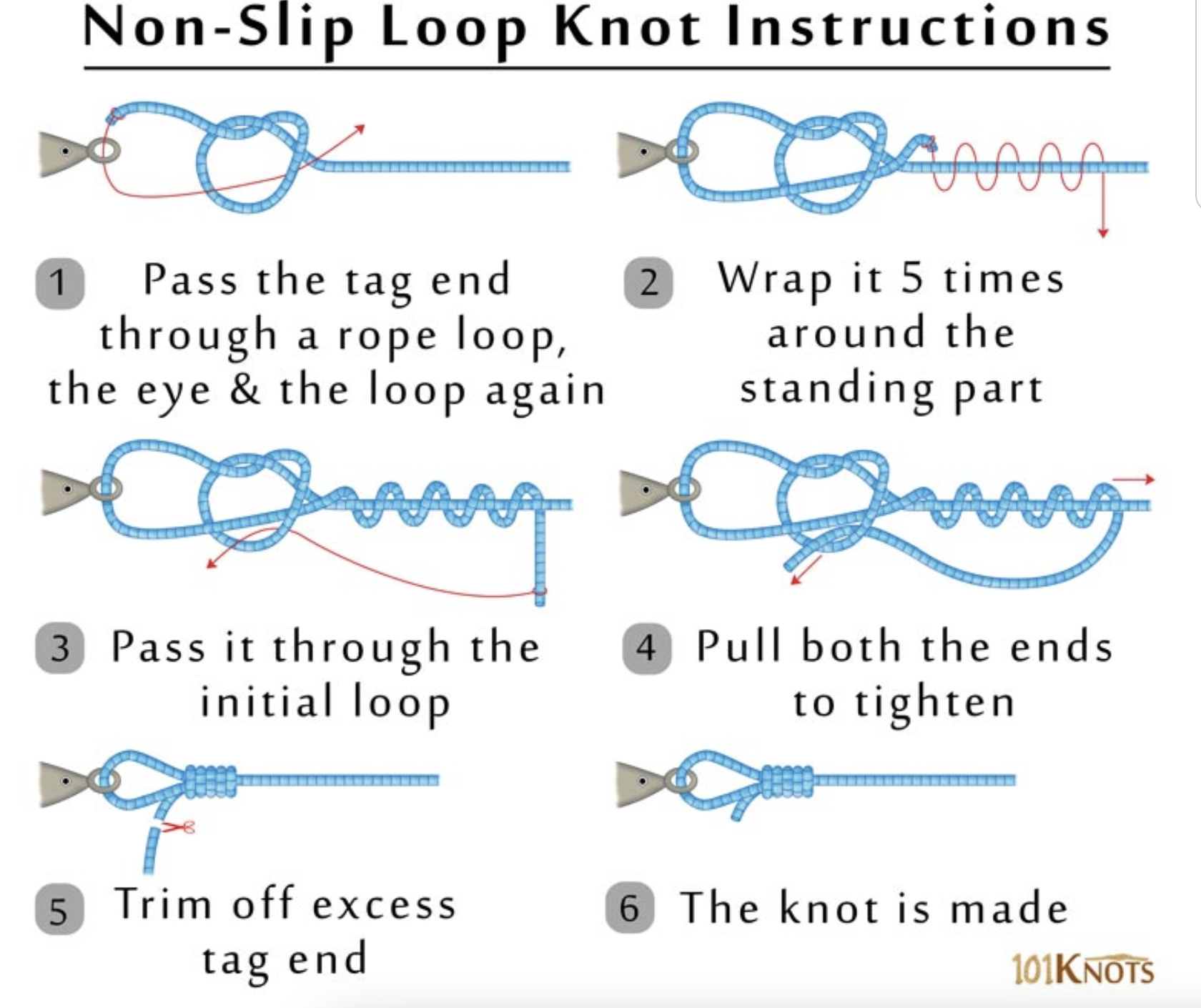What's knot to like?
The Lefty Kreh (aka non-slip mono loop) knot can be used with any lure—not just flies
Advertisement
One of the things that often bewilders and intrigues me about different styles of fishing—fly fishing and spinning, for instance—is the lack of crossover and shared thinking. It’s as though the anglers in each camp have their tips, tricks and techniques, and that is where they generally stay. But if something works well for the fly angler casting for brookies, browns and rainbows why wouldn’t it work just as well—maybe even better—for the spin doctor casting for bass, walleye and crappies?
I was thinking about this recently when I wrapped up the second of two Facebook Live events that I did with the good folks on Stocked Lake Trout Fishing. During the session, one of the participants typed in a question wanting to know how I liked to tie on my lures. To be honest, I can’t remember now if they were referring to flies or lures, but it really doesn’t matter because my answer is usually the same. I love using a Lefty Kreh knot. Some anglers know it better as a non-slip loop knot or even a Rapala knot. I like to call it after Lefty, though, who was one of the greatest fly fishing pioneers of all time, and who popularized the knot and gave it the fame it deserved.
Advertisement
There are three things I like about Lefty’s knot that I think you’ll appreciate, as well. It’s easy to tie, exceedingly strong and maximizes the action of your lure, be it a streamer, wet fly, trio of buzzers dangling beneath an indicator, or a jerkbait, glidebait or topwater lure pitched out for bass. If you’re using a specialized jig like a Scrounger, on the other hand, a loop knot is indispensable.
Having said that, of course, you could take a shortcut and simply knot on a snap or split-ring, and achieve the same result with your lures. This is why snaps come equipped on the noses of every Scrounger when you buy it. But tying on your lure with a non-slip loop knot still offers an advantage: You can adjust the size of the loop to maximize your lure’s action, rather than rely on the minuscule curve of a snap or O-ring.
As you can see from this illustration that I borrowed from 101 Knots, the non-slip loop is very easy to tie. You simply make an overhand knot, then pass the tag end through your lure or fly and wrap it four, five or six times (more if you’re using thin tippet material and less if you’re using stronger monofilament) around the main line. Then pass the tag end back through the loop and pull it tight. There is not much you can do wrong, although I always pass the tag end back through the loop the same way it originally went in or came out. And like every knot, it is critical to put the final product between your lips and moisten it before you snug it up tight.
Advertisement
Like it says at the top of the page: What’s knot to like?
Advertisement


